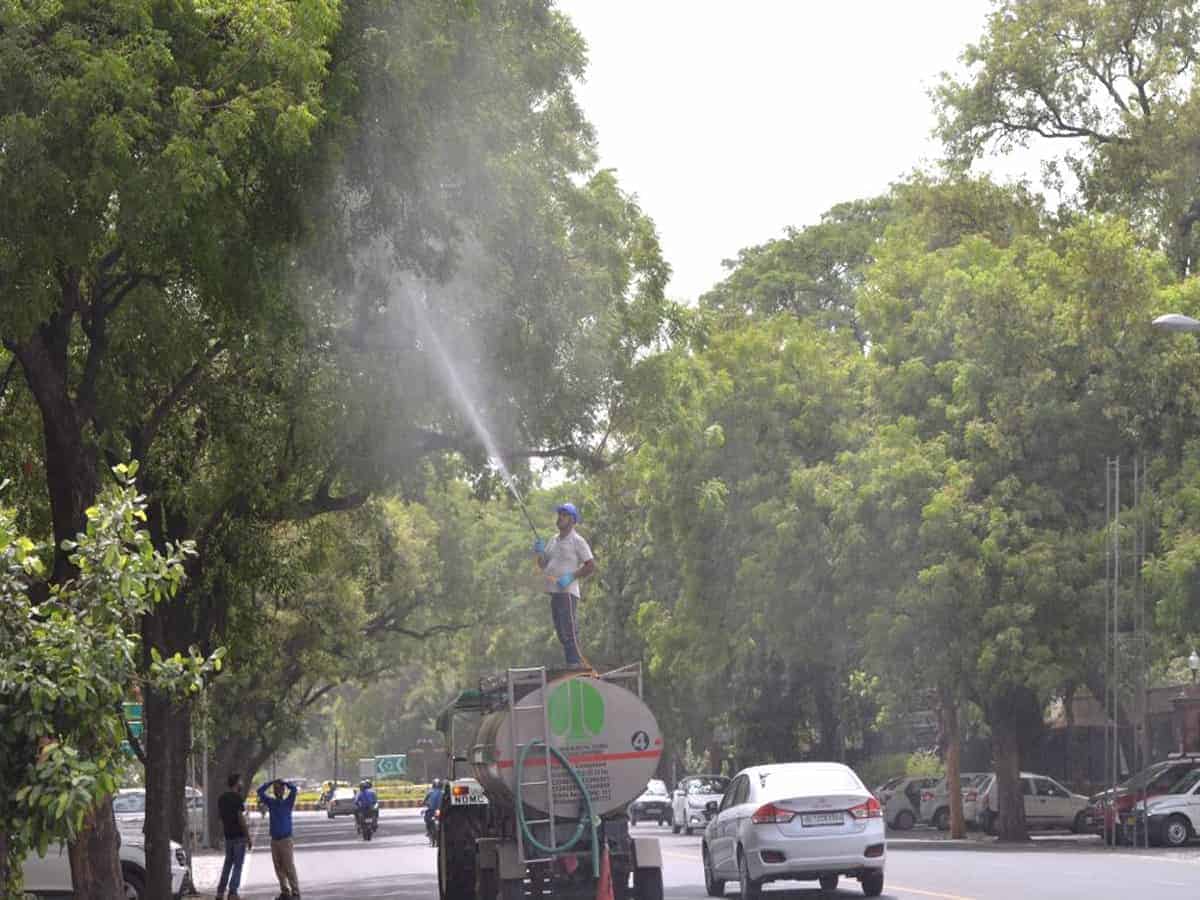Lucknow: Uttar Pradesh is finally going to turn a bit aesthetic when it comes to tree plantation. The state government has decided to follow the principle of ‘one road, one tree’ concept which will not only enhance the beauty when the tree is in full bloom but will also serve as a road map for the people.
Additional Principal Chief Conservator of Forests (social forestry) Prabhakar Dubey said that while the trees will be planted and maintained by the urban development department, the onus of planning is on the forest department, which will have to select the species, raise them in nurseries and hand them over to urban development.
He said that things were still at the planning stages but would be implemented from monsoon this year.
The one-road, one-tree concept has been used in several cities where trees of one flowering species have been planted on one highway or street. The foliage or the bloom helps people in identifying the area.
Dubey further said, “We had followed the manual for some roads in Lucknow earlier. This time, we will try and cover the entire capital city. In 2015-16, rows of the mulsarry (Mimusops elengi) or Maulshree tree were planted along Raj Bhavan for aesthetic appeal. It is a prized ornamental specimen with small, shiny leaves and was extensively used by the Mughals.”
The golden bell (Tabebuia argentea), a tropical flowering tree with crooked trunk and trumpet-shaped bright yellow flowers, was also planted on the stretch between Hazratganj and Raj Bhavan.
Another Tabebuia variety with violet-pink flowers was planted on Vikramaditya Marg while the silk floss (Chorisia speciosa), a South American deciduous variety, adorned the Gomti Nagar with its pink floral crown in winters.
Trees with dense foliage are to be planted to beat pollution.
Forest officials said trees with dense foliage would be planted under the campaign to beat pollution caused by suspended particulate matter.
The ‘kanak champa’ (Pterospermum acerifolium), with its golden flowers and silver green leaves, can suppress noise with its large lamina (leaf surface area). Many of these varieties can easily adapt to high temperatures and have bees and birds survive on nectar produced by the flowers.
Officials said the plan will be executed on provincial, state and national highways and expressways, besides road arteries in major cities.

